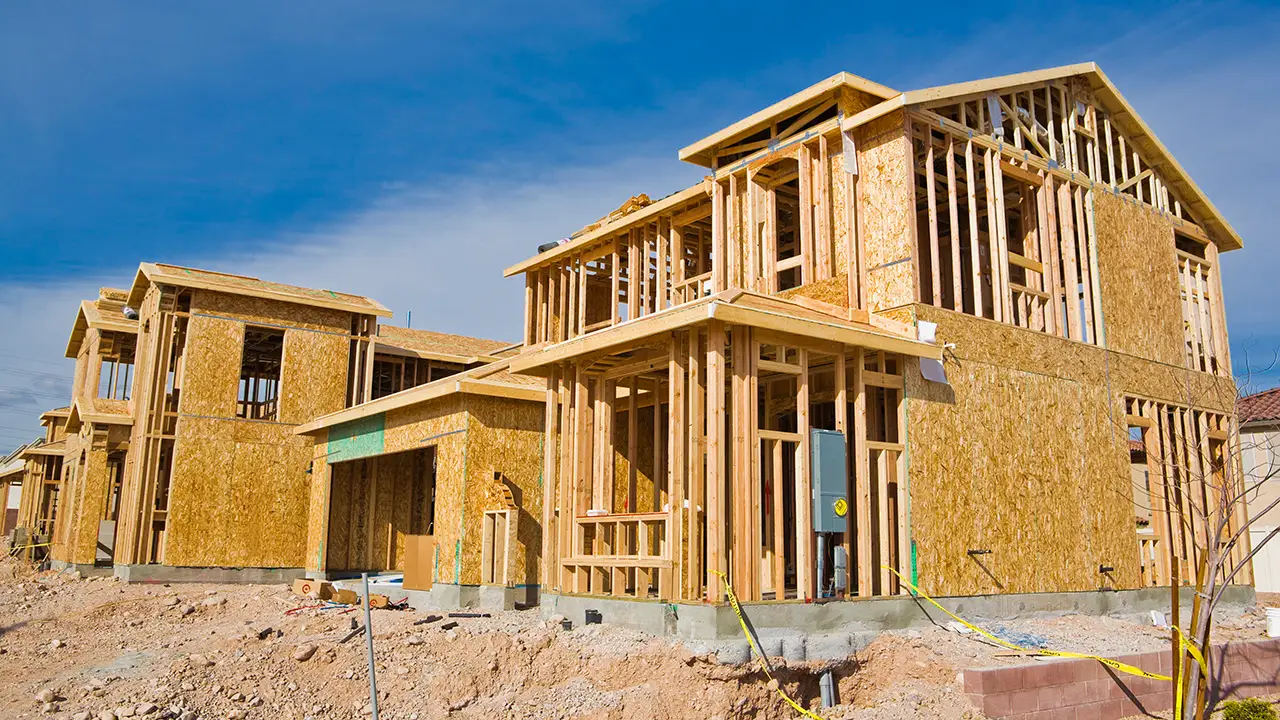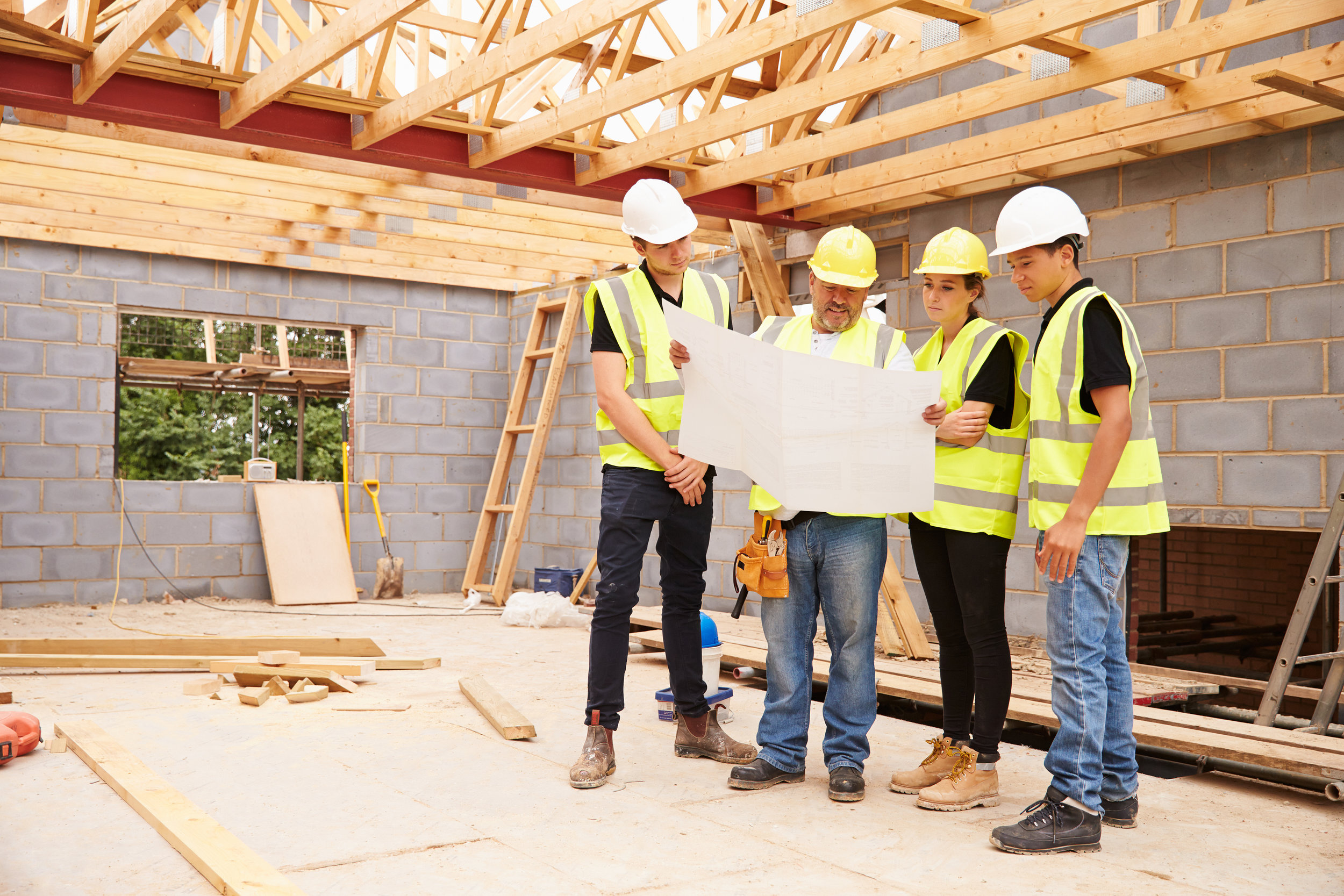Exactly How a General Service Provider Can Change Your Typical Areas Into Practical Areas
The change of typical areas right into practical spaces is a nuanced procedure that requires a basic professional's expertise in evaluating certain community needs and making tailored remedies. By thinking about factors such as design, accessibility, and visual charm, a contractor can create atmospheres that not only serve functional purposes yet likewise foster community interaction. Via reliable task administration and adherence to top quality criteria, these remodellings can considerably improve customer experience. Yet, the intricacies included in balancing layout and capability increase essential concerns about finest practices and potential difficulties that quality further exploration.
Assessing Current Common Location Needs
When assessing usual areas, it is necessary to identify and recognize the specific needs of the community they offer. This process starts with a comprehensive assessment of present usage patterns, which entails event information on foot web traffic, peak usage times, and activities happening within these spaces. Engaging with community members through conferences or studies can offer beneficial understandings into their choices and obstacles.
Following, it is essential to consider the group composition of the area, consisting of age, way of living, and any type of special demands that may affect just how these areas are utilized. Family members with young kids may need play locations, while older adults might focus on accessibility attributes.
In addition, examining the existing facilities and facilities is essential. Identifying areas that are underutilized or in demand of repair work can inform potential improvements. Collaborating with stakeholders, such as residential property managers and regional organizations, guarantees that the evaluation shows a comprehensive understanding of the area's needs.
Inevitably, a careful analysis of existing common area needs lays the foundation for efficient changes, enabling the production of areas that foster involvement and boost the general top quality of life within the neighborhood.
Designing for Capability and Visual Appeal
A thorough understanding of community needs sets the phase for reliable layout that stabilizes capability and visual appeals alike areas. Effective design requires a thoughtful strategy that considers both the functional usages of the room and the aesthetic appeal that boosts the atmosphere.
Useful style requires developing rooms that deal with the particular activities and interactions of the community. This may consist of flexible seating arrangements for gatherings, accessible paths for people with flexibility difficulties, or assigned areas for leisure activities. Each aspect has to offer an objective while making sure ease of motion and comfort for users.
The option of shades, products, and lights can significantly impact the perception of a space. In addition, straightening the design with the area's social identification can foster a feeling of belonging and pride.
Budgeting and Source Allowance
Effective budgeting and source allotment are crucial elements in the successful makeover of typical locations. A well-defined budget plan outlines the economic criteria within which the project need to operate, guaranteeing that prices are controlled and resources are effectively made use of. This starts Clicking Here with a complete evaluation of task needs, including style aspects, products, and labor.

A general specialist plays an important function in this phase, teaming up with stakeholders to develop reasonable budget price quotes that line up with the designated vision. By prioritizing crucial functions and checking out cost-effective choices, the specialist can optimize investing without jeopardizing quality.
Source allotment requires tactically assigning employees, equipment, and products to different stages of the project (General Contractor Indiana). This calls for careful preparation to make sure and avoid delays that each part is delivered promptly. Additionally, normal monitoring of expenses against the budget plan helps to identify potential overruns early, permitting for timely modifications
Taking Care Of Building Refine Successfully
Taking care of the construction process efficiently is vital for accomplishing prompt task conclusion and keeping spending plan honesty. A well-coordinated strategy involves meticulous planning, clear interaction, and reliable source monitoring. General service providers must develop a detailed his response task timeline that lays out each stage of building and construction, enabling the recognition of potential traffic jams and critical landmarks.
Normal development meetings are important for keeping all stakeholders informed and lined up. These conferences promote the prompt resolution of problems, guaranteeing that the project remains on track. Furthermore, using project monitoring software can simplify interaction, track development, and handle documentation, lowering the probability of misunderstandings and delays.
Reliable resource allocation is additionally vital. By guaranteeing that materials, labor, and tools are available when needed, basic specialists can avoid costly disturbances. Executing an aggressive technique to risk monitoring further boosts effectiveness, as it permits the recognition and mitigation of possible challenges prior to they escalate.

Making Certain Compliance and Top Quality Standards
Compliance and top quality standards are fundamental to the success of any type of construction job, making certain that the finished areas not just meet client assumptions yet additionally stick to governing requirements. A general specialist plays a pivotal role in implementing these criteria throughout the construction process.
First, it is necessary for the service provider to stay updated on regional building regulations, safety and security policies, and industry ideal practices. This understanding enables them to assist layout selections and product options that align with compliance standards. Regular evaluations and high quality evaluations throughout the building stage assistance to determine prospective problems early, alleviating expensive hold-ups and remodel.
Additionally, a trustworthy basic contractor fosters a society of top quality amongst employees and subcontractors. This can be accomplished by giving training on conformity methods and applying rigorous quality assurance procedures. By establishing clear communication networks, the service provider can make certain that everybody included understands their duties pertaining to conformity and quality.
Conclusion
In verdict, the duty of a general professional in changing typical areas right into practical spaces is pivotal. Via a detailed evaluation of community demands, thoughtful style, precise budgeting, and efficient task monitoring, these experts can produce environments that enhance use and visual appeal. Adherence to conformity and high quality requirements even more makes sure that renewed rooms not only satisfy the assumptions of stakeholders however additionally foster involvement and enrich the overall experience for all individuals within the community.
The makeover of common locations into practical rooms is a nuanced process that calls for a general specialist's experience in evaluating details community requirements and making tailored options. By taking into consideration elements such as format, ease of access, and visual allure, a specialist can develop environments that not only serve sensible purposes but likewise foster community engagement. General specialists have to establish an in-depth task timeline that outlines each phase of building and construction, permitting for the identification of important landmarks and possible traffic jams.
